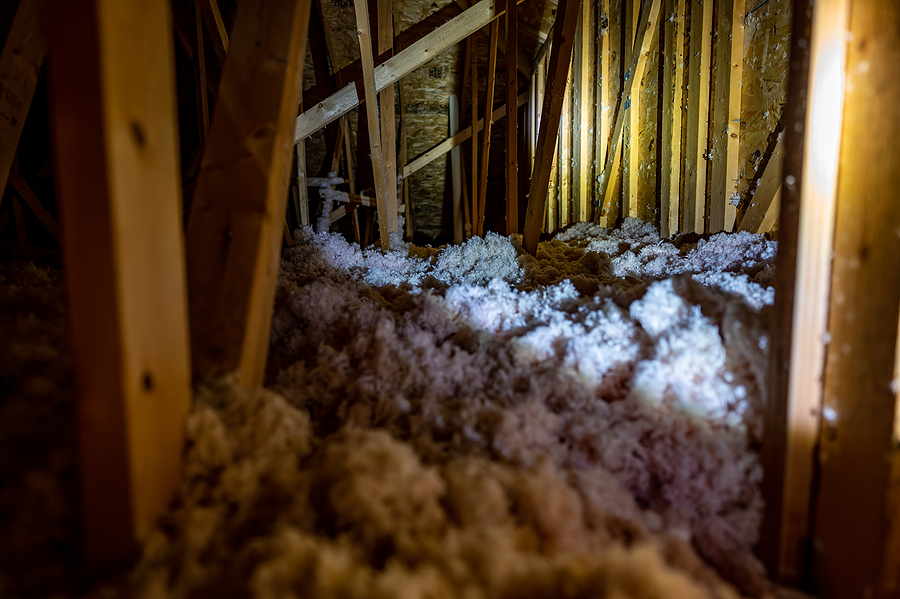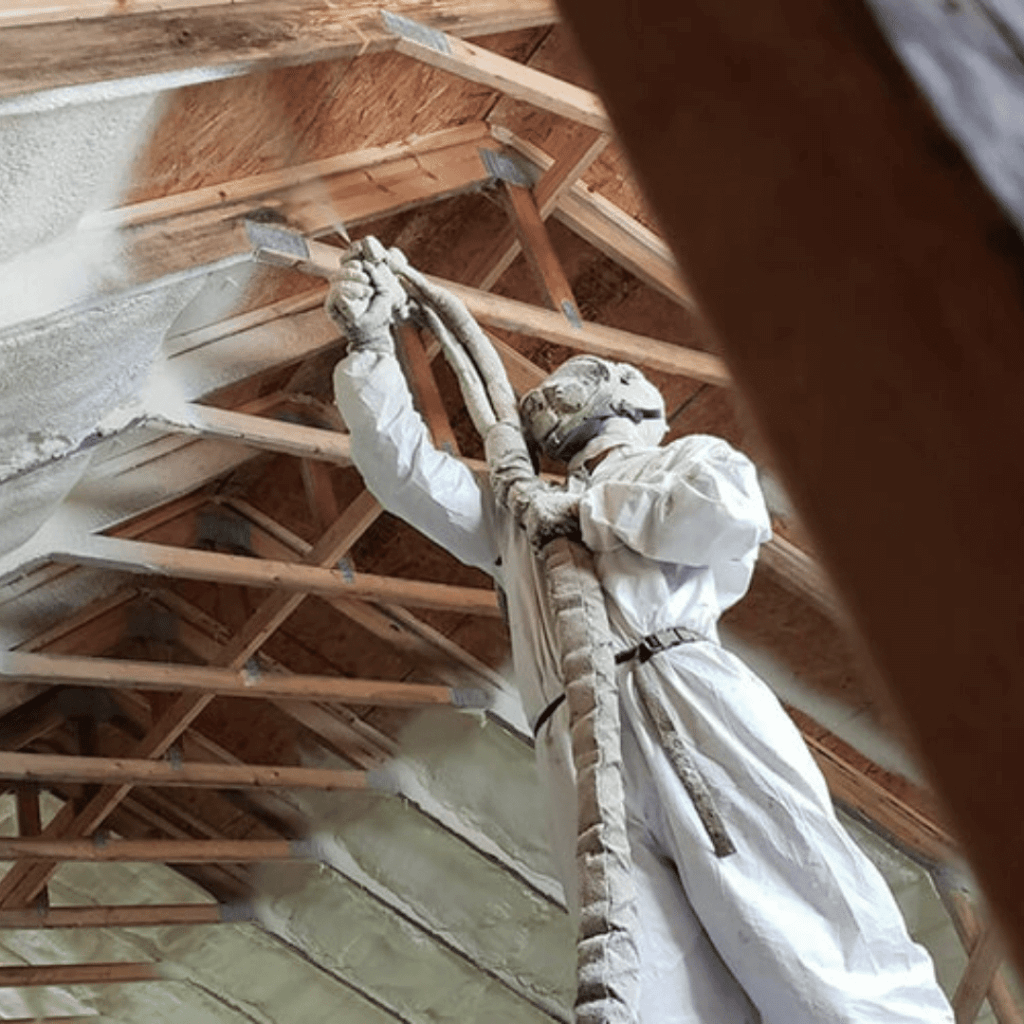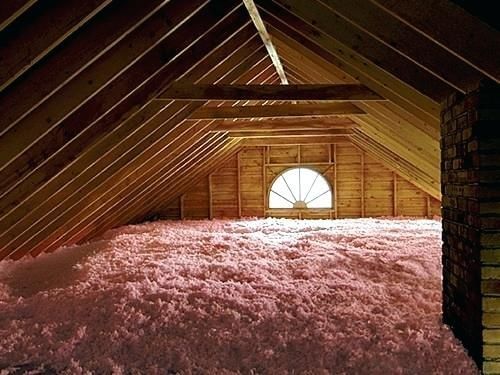Discover the Different Types of Attic Insulation and Their Distinct Advantages for Your Home's Energy Performance

Fiberglass Insulation
Fiberglass insulation is one of the most commonly made use of products for attic insulation because of its outstanding thermal performance and cost-effectiveness. Composed of tiny glass fibers, this material effectively catches air, producing a shielding barrier that helps maintain regular interior temperatures. Its high R-value per inch makes it specifically effective at standing up to heat transfer, which is vital for energy preservation in homes.
Installation of fiberglass insulation is relatively simple, often offered in batts or loose-fill kinds, accommodating different attic room configurations. Furthermore, it is resistant and non-combustible to moisture, minimizing the risk of mold development. This sturdiness contributes to its long life, making fiberglass a viable long-term financial investment for house owners.
Moreover, fiberglass insulation is commonly produced from recycled products, which enhances its eco-friendliness. The product can likewise add to soundproofing, minimizing sound transfer in between rooms. While it is vital to put on protective gear throughout installment to stay clear of irritation from the fibers, the overall advantages of fiberglass insulation, including energy cost savings and environmental considerations, make it a preferred choice for boosting attic efficiency and advertising a comfortable living atmosphere.
Spray Foam Insulation
Spray foam insulation is an extremely efficient alternative for attic room insulation, recognized for its premium air securing and thermal performance. This innovative insulation product is made up of a combination of isocyanate and polyol material, which, when integrated, increases swiftly to fill spaces and dental caries in the attic room. Its capacity to follow different surfaces guarantees a constant barrier against air leakages, dramatically lowering warmth loss during colder months and warmth gain during warmer periods.
Among the essential advantages of spray foam insulation is its high R-value per inch, which suggests it supplies excellent thermal resistance in a reasonably slim application. This is especially beneficial in attic rooms where space is usually minimal. Additionally, spray foam can aid reduce dampness build-up, reducing the danger of mold and mildew and mold development, which can be harmful to both the framework and interior air high quality.
While the first cost of spray foam insulation might be more than standard alternatives, its long-lasting power savings, combined with raised comfort and boosted home value, make it a beneficial financial investment for property owners looking for enhanced energy effectiveness. Attic Insulation DFW. Overall, spray foam insulation sticks out as an effective option for maximizing attic insulation
Cellulose Insulation

Cellulose insulation is a popular choice for attic room insulation, mostly composed of recycled paper items treated with fire retardants. This ecologically friendly alternative is recognized for its superb thermal efficiency, properly reducing warm transfer in both summertime and winter season. The dense composition of cellulose permits it to fill up gaps and gaps in attic room areas, providing a seamless obstacle versus air leaks.
Among the significant advantages of cellulose insulation is its ability to withstand mold and mildew and insects, owing to the fire resistant treatments utilized throughout manufacturing. In addition, it boasts a high R-value per inch, which converts into remarkable energy effectiveness. Property owners can anticipate lower heating & cooling expenses as an outcome of improved insulation.
Setup is usually accomplished via blowing loose cellulose right into the desired area, permitting a effective and fast process. This technique likewise decreases dig this disruption to the existing structure. Cellulose insulation has a reasonably low environmental effect, as its production process uses recycled products, adding to lasting structure practices.
Rock Woollen Insulation
Among the numerous alternatives for attic insulation, rock wool, additionally called mineral woollen, sticks out because of its outstanding thermal and acoustic efficiency. Made from recycled or all-natural materials, rock woollen is developed by thawing rock and spinning it into fibers, leading to a product that provides excellent insulation residential properties.
Among the substantial advantages of rock woollen insulation is its high R-value, which shows its performance in standing up to warmth circulation. This particular not only improves energy performance yet likewise adds to preserving a comfortable interior temperature level year-round. Furthermore, rock wool is inherently fire-resistant, making it a more secure alternative for homes as it can hold up against heats without melting or releasing poisonous fumes.
In addition, rock woollen insulation masters soundproofing abilities, effectively minimizing noise transmission in between areas and additional resources from outdoors sources. This makes it a suitable option for house owners looking for a serene living environment. Rock woollen is moisture-resistant, helping to avoid mold development and preserving the architectural integrity of the attic space. Generally, rock wool insulation offers a detailed service for boosting energy effectiveness, safety, and convenience in household settings.
Glowing Obstacle Insulation
Radiant obstacle insulation offers as an effective remedy for decreasing heat transfer in attics, specifically in warmer climates. This sort of insulation jobs by mirroring convected heat away from living areas, consequently lowering the amount of warmth that goes into a home throughout heat - Attic Insulation DFW. Usually made up of a very reflective product, such as light weight aluminum foil, glowing obstacles are installed in attics, dealing with the roof covering, where they can obstruct inbound heat from the sun
The key benefit of radiant barrier insulation is its capability to reduced cooling expenses. By reflecting warmth as opposed to absorbing it, radiant obstacles can assist preserve a much more secure indoor temperature, lowering the work on cooling systems. This performance converts right into reduced power costs and enhanced comfort for home owners.
In enhancement to power savings, glowing obstacles can additionally add to enhanced interior air high quality. By decreasing heat buildup, they help reduce humidity degrees, which can protect against mold and mildew development and boost total air blood circulation. When mounted properly, radiant obstacle insulation can be a very useful enhancement to any energy-efficient home, making it a worthy factor to consider for property owners aiming to enhance their attic insulation approach.
Conclusion
In verdict, comprehending the my explanation numerous types of attic room insulation-- fiberglass, spray foam, cellulose, rock wool, and glowing barriers-- makes it possible for house owners to make educated choices regarding power efficiency. By choosing the appropriate insulation product, substantial decreases in power costs can be attained, along with improvements in indoor convenience.

In final thought, recognizing the various kinds of attic room insulation-- fiberglass, spray foam, cellulose, rock woollen, and glowing barriers-- allows house owners to make informed choices relating to energy effectiveness.
Comments on “Attic Insulation DFW: The Trick to Lower Utility Expenses and Improved Home Convenience”